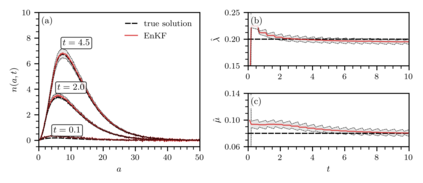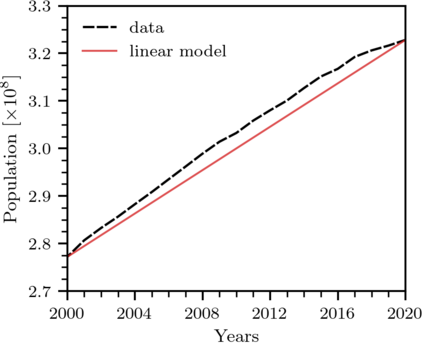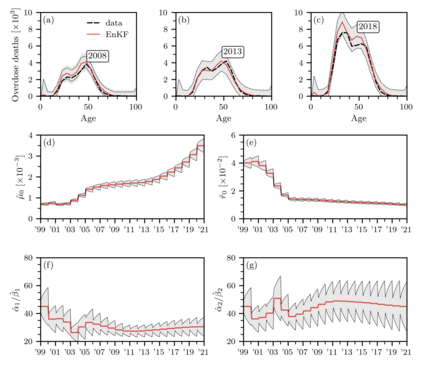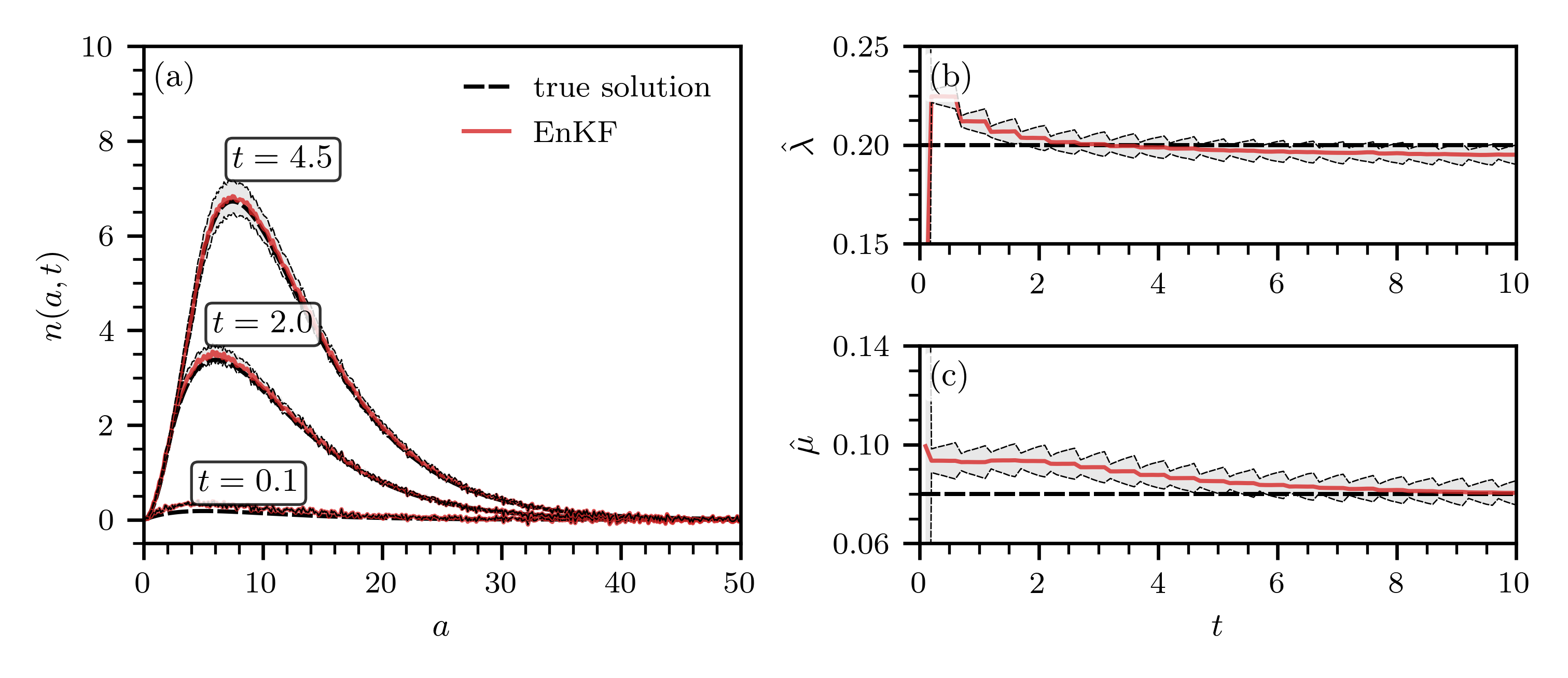Drug overdose deaths continue to increase in the United States for all major drug categories. Over the past two decades the total number of overdose fatalities has increased more than five-fold; since 2013 the surge in overdose rates is primarily driven by fentanyl and methamphetamines. Different drug categories and factors such as age, gender, and ethnicity are associated with different overdose mortality characteristics that may also change in time. For example, the average age at death from a drug overdose has decreased from 1940 to 1990 while the overall mortality rate has steadily increased. To provide insight into the population-level dynamics of drug-overdose mortality, we develop an age-structured model for drug addiction. Using an augmented ensemble Kalman filter (EnKF), we show through a simple example how our model can be combined with synthetic observation data to estimate mortality rate and an age-distribution parameter. Finally, we use an EnKF to combine our model with observation data on overdose fatalities in the United States from 1999 to 2020 to forecast the evolution of overdose trends and estimate model parameters.
翻译:药物过量死亡在美国所有主要药品类别中继续增加。在过去的20年中,药物过量死亡总数增加了五倍以上;自2013年以来,过量率的激增主要是由芬太尼和甲基苯丙胺驱动的。不同的药品类别和影响药物过量死亡率的因素(如年龄,性别和种族)可能具有不同的特征,并且可能会随着时间而改变。例如,1940年至1990年,药物过量死亡者的平均年龄已经降低,而总体死亡率却稳步增加。为了提供药物成瘾的人群层面的动态,我们开发了一种针对药物成瘾的年龄结构模型。我们使用增广集合卡尔曼滤波器(EnKF)通过一个简单的示例展示了我们的模型如何与合成观测数据相结合,以估计死亡率和年龄分布参数。最后,我们使用EnKF将我们的模型与1999年至2020年美国药物过量死亡的观测数据相结合,预测过量趋势的演变并估计模型参数。







